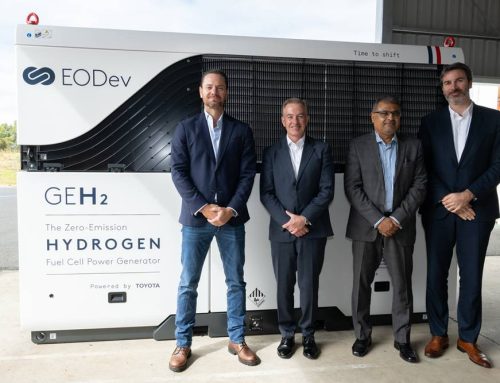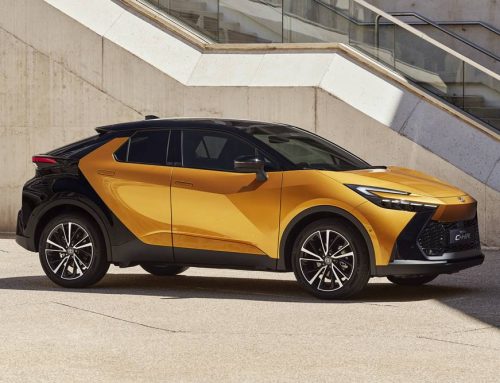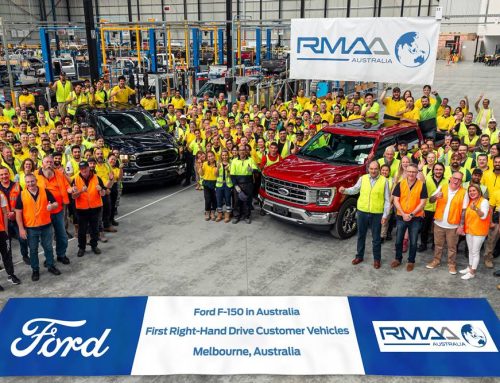In the early days of covid, panic gripped the world and death and mayhem followed shortly after.
Manufacturing was hit hard and like many other industries, had to quickly evolve. Production facilities have strict Covid protocols, but wave after wave has not been kind, and here’s why.
Many years ago, car makers found that “just in time” manufacture was more cost effective. Parts arrive as they are needed, just in time, for the dash to go in, or for a door to be bolted on. This worked brilliantly while ever the supply chain remains intact. Even earthquakes and floods haven’t been overly damaging, at least not to the entire industry at the same time.
Apart from a few academics, only Obama’s speech in 2014 seemed to properly outline the need to prepare for what he thought was inevitable. Something as small as a missing screw could halt a production line.
Of most concern are semiconductors, which are used in almost all electronics.
- Top GayCarBoys Stories:
- Sexy Men Drive 2021 Toyota Yaris Cross
- 10 Sexiest MotoGP Motorcycle Riders
- DON’T Drive YOUR CAR until you’ve Checked if your AIRBAG will KILL YOU
- 10 Hottest Racing Drivers
- Top 12 Best Gay Lesbian LGBTI Luxury Cars
- Top 10 Gay Lesbian LGBT Cars
- Top 10 Gay Lesbian LGBT Sports Cars
- Top 15 gay and lesbian LGBT SUVs
- Talented Twinks – Callum Ilott Virtually Races Arthur Leclerc
ABOVE: Toyota and Ford Cars, and the Pretty Men Who Drive Them
“Right now we have a global supply chain in crisis,” says Patrick Penfield, a professor of supply chain practice at Syracuse University. “We’ve just never ever seen anything of this magnitude impact us before.”
Intel chief Pat Gelsinger predicts it will be a year or two before supply can meet demand.
Semiconductors, AKA microchips, run you phone, your fridge, traffic lights, in fact anything controlled by computer. There was a shortage even before the pandemic, and most chips come out of Korea and Taiwan.
Ford revealed that an order for such chips can take 6 months to fulfil, and like most car makers, require an accurate guess of how many will be needed. When Covid closed down parts of the supply chain, the chip manufacture suffered. Demand, which had already outstripped supply, was stretched even further.
During lockdown, demand for electronics increased, so we can expected pries to increase, and supply of car parts to be patchy.
Toyota is cutting production by 40%, and Ford is parking vast numbers of vehicles awaiting parts. Experts guess the shortage will end by early 2023, but with unrest between China and Taiwan growing, things could get worse before they get better. With Taiwan the world’s largest chip manufacturer, things look gloomy.





















Leave a Reply